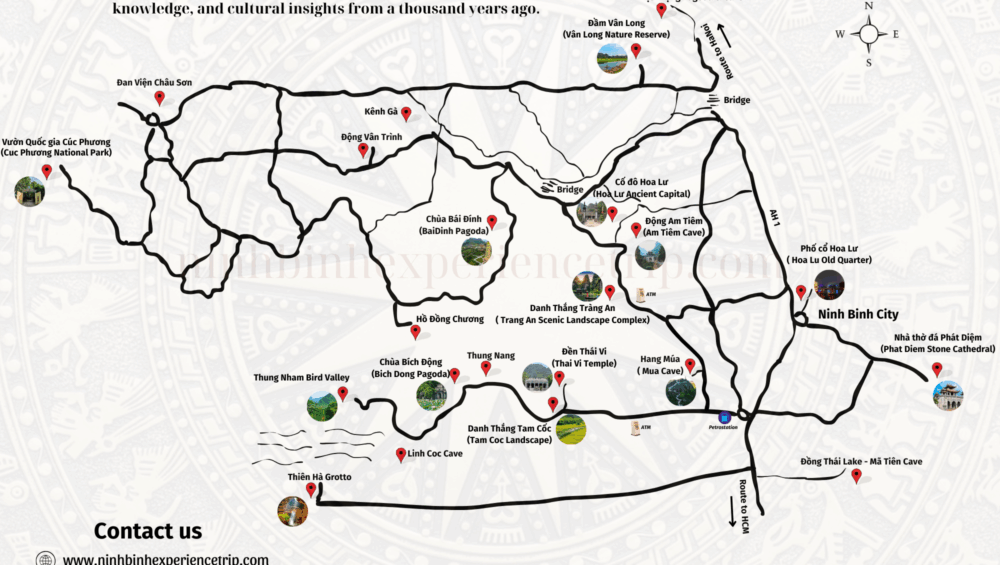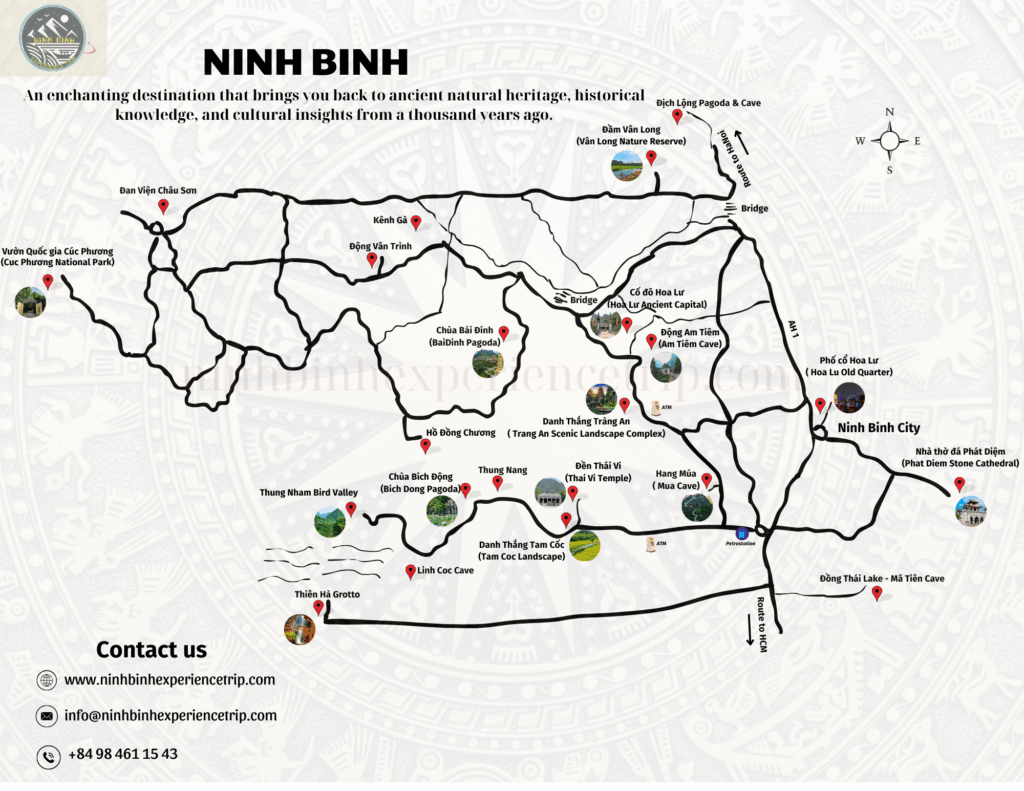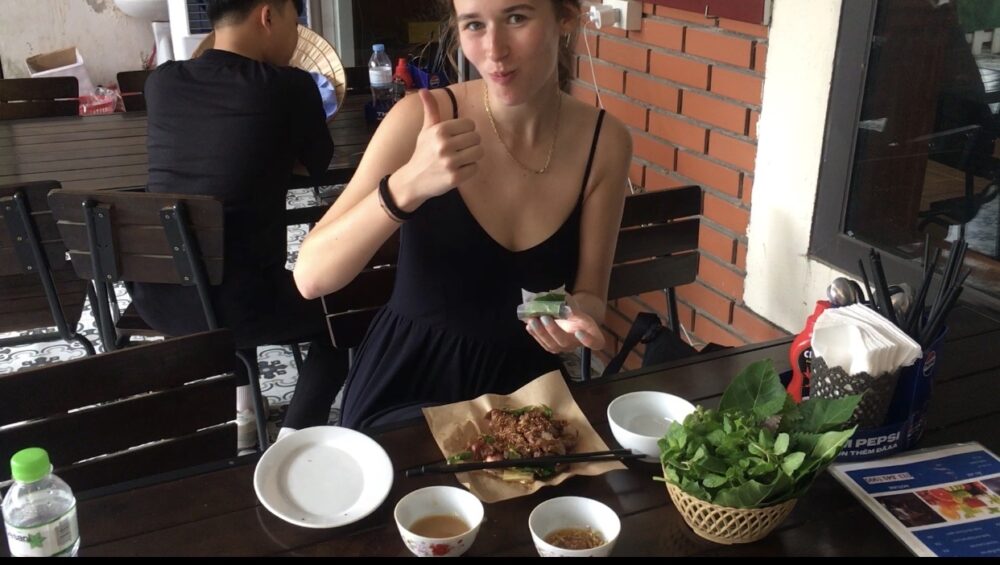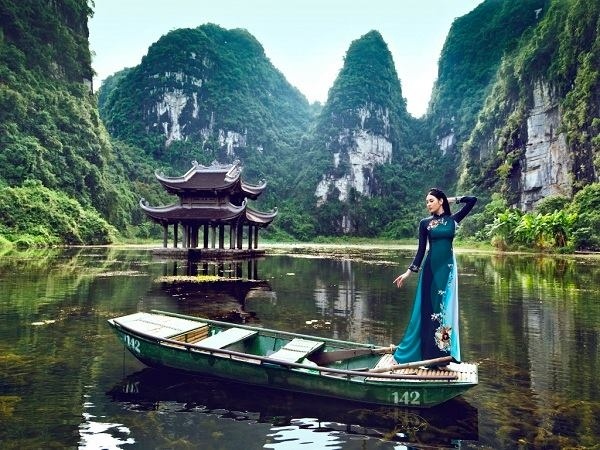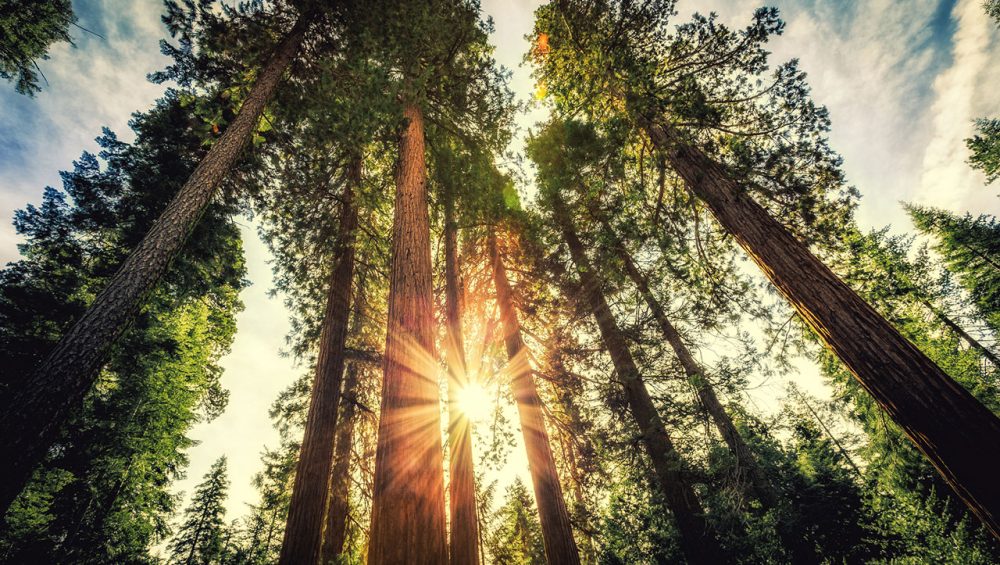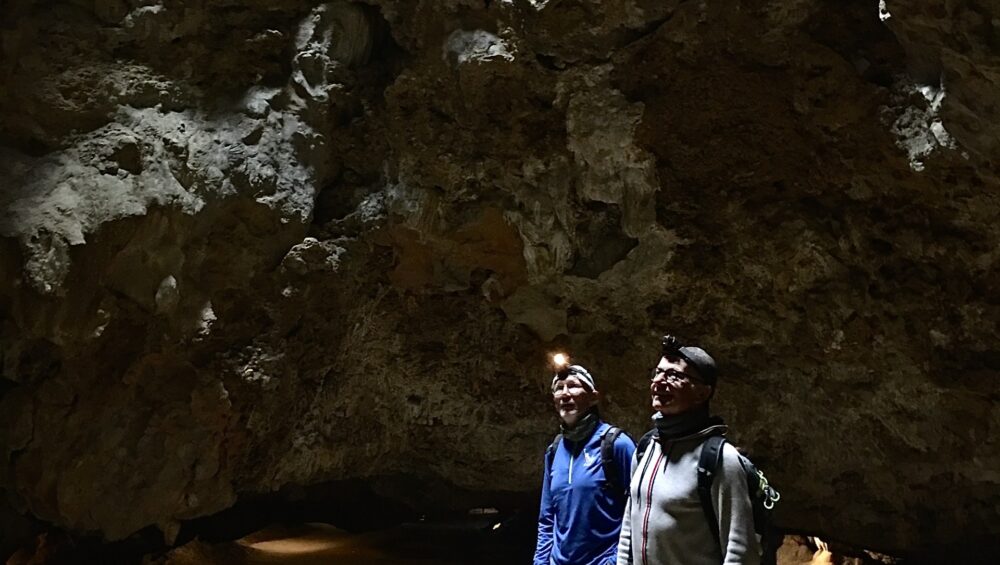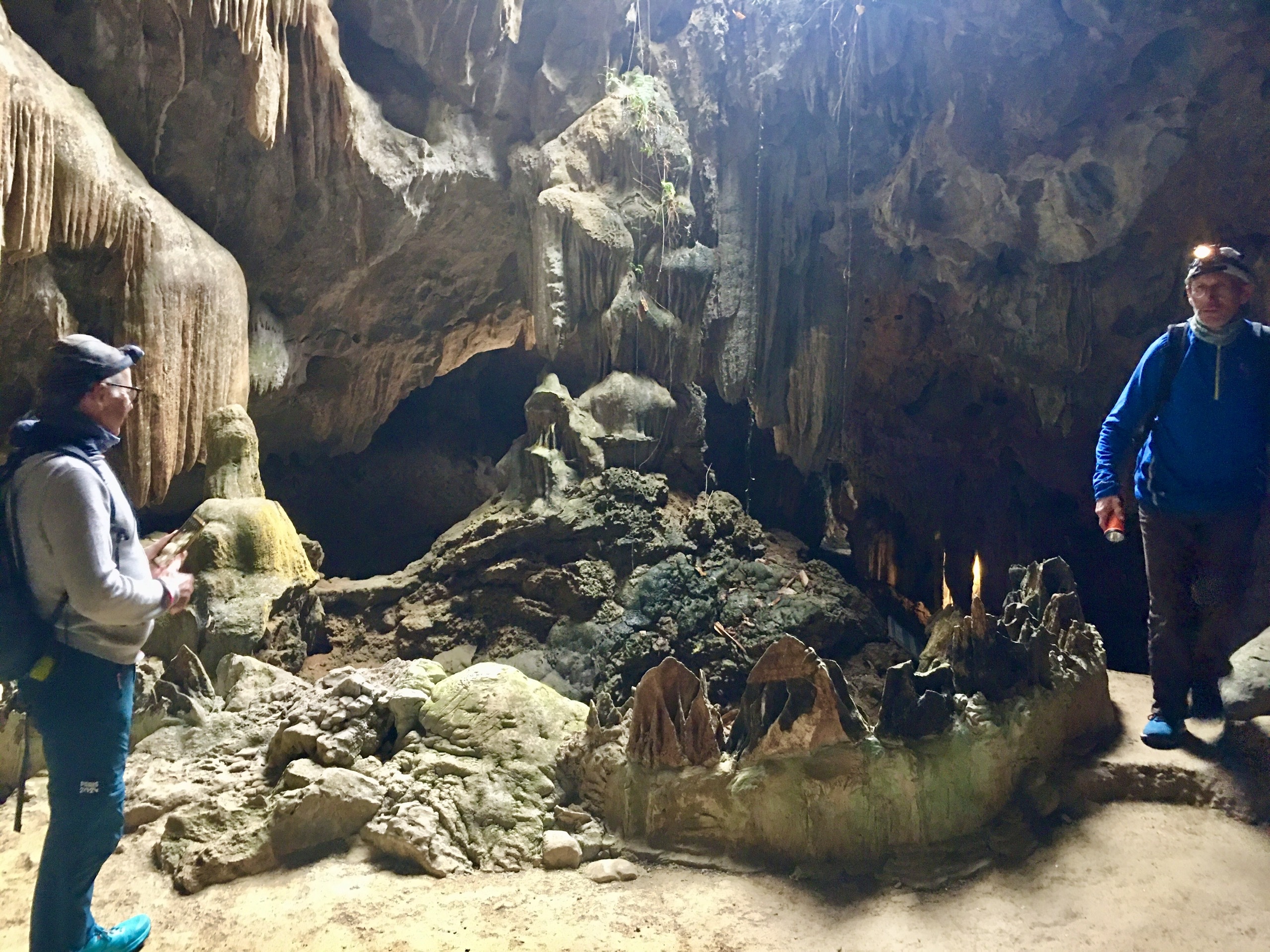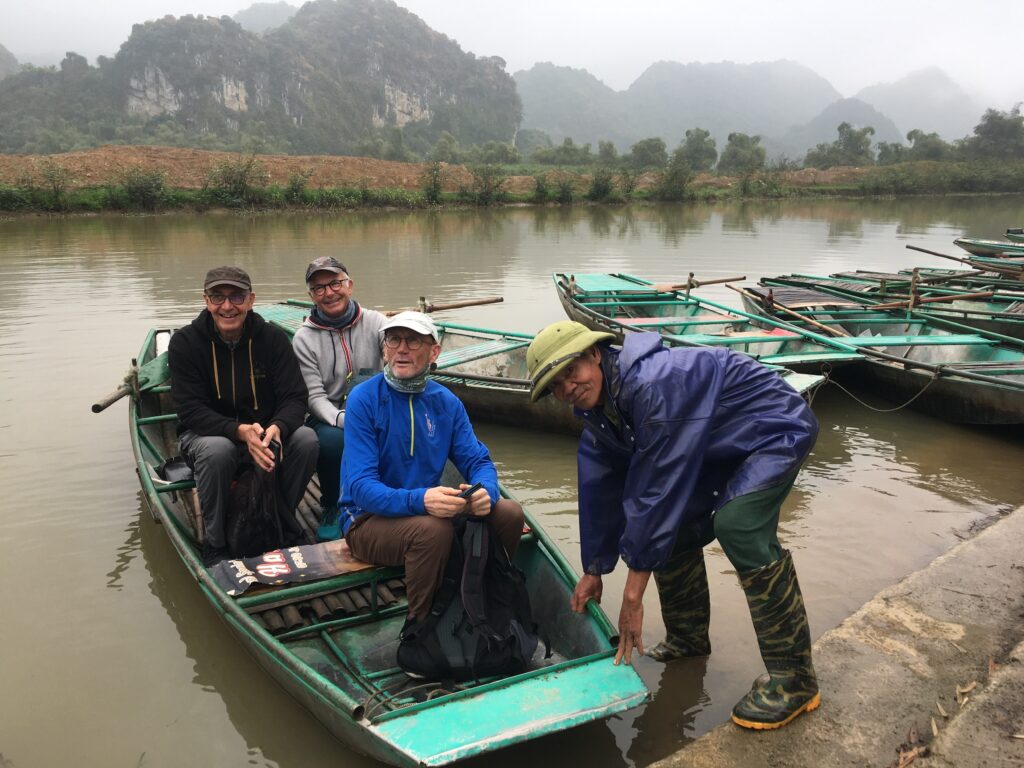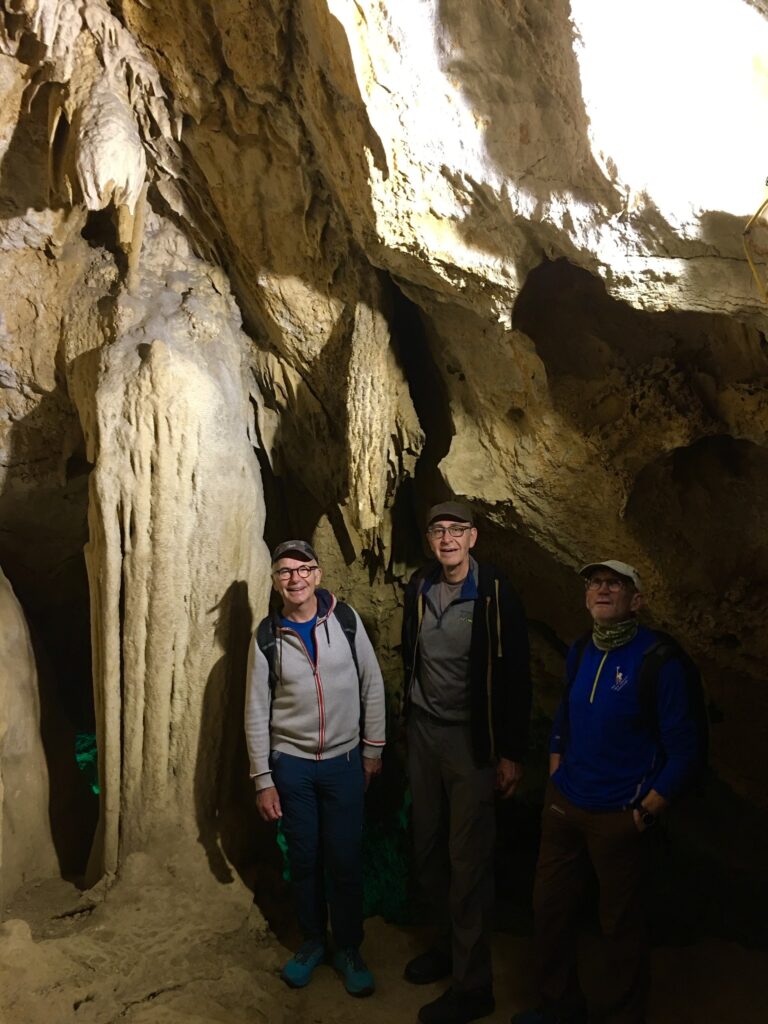Van Long Lagoon – A Sleeping Masterpiece of Nature in the Heart of Ninh Binh
There is a place in Ninh Binh, not as bustling as Trang An, nor as lively as Tam Coc, yet it touches the hearts of visitors with an extraordinary stillness. That place is Van Long Lagoon – the largest wetland nature reserve in the Red River Delta, where the water is as calm as a mirror, and the sky seems to melt into the earth.
No need for fancy advertisements – just one quiet boat ride in a small bamboo boat, gliding gently over crystal-clear waters, and you’ll understand why people call this place “the bay without waves.” The surface is so still that every bird’s wing is reflected perfectly, every paddle stroke ripples the water like a brush on a Zen painting.
Towering limestone mountains surround the lagoon – like silent giants guarding nature’s sanctuary. Each mountain bears a rustic name like Da Ban (Stone Table), Meo Cao (Scratching Cat), or Hom Sach (Book Chest), yet hidden within them are legends and folk tales passed down proudly through generations.
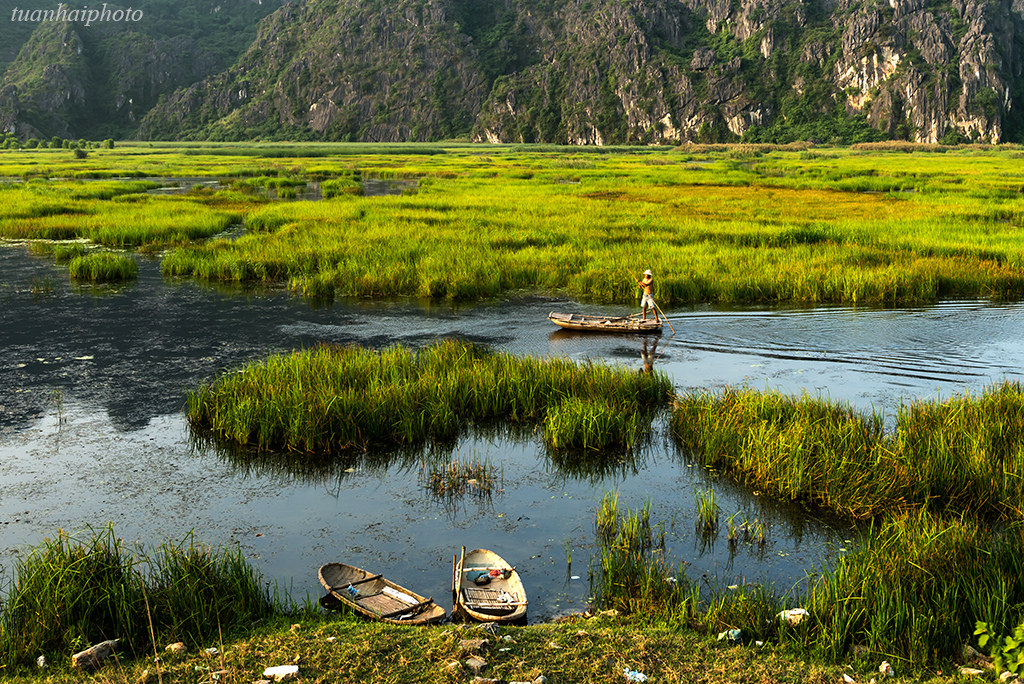
Van Long is not just beautiful – it’s alive. Alive with a rich ecosystem: lush plants, flocks of birds, aquatic life, and most notably, the Delacour’s langur – a critically endangered primate, once thought to exist only in red-listed records. As you sit on the boat, if luck is on your side, you might catch a glimpse of one leaping from branch to branch – a magical moment that reminds us that nature still holds wonders, and is deeply worth protecting.
But perhaps, the moment that truly touches the soul is when the sun begins to set. The crimson sun sinks slowly behind the mountains, casting golden hues across the mirrored water. The world seems to pause. The wind holds its breath. Even the birds fly slower. And in that silence, you don’t need to say a word – just breathe deeply, close your eyes, and let your heart drift gently with the ripples – peaceful, light, and free.


